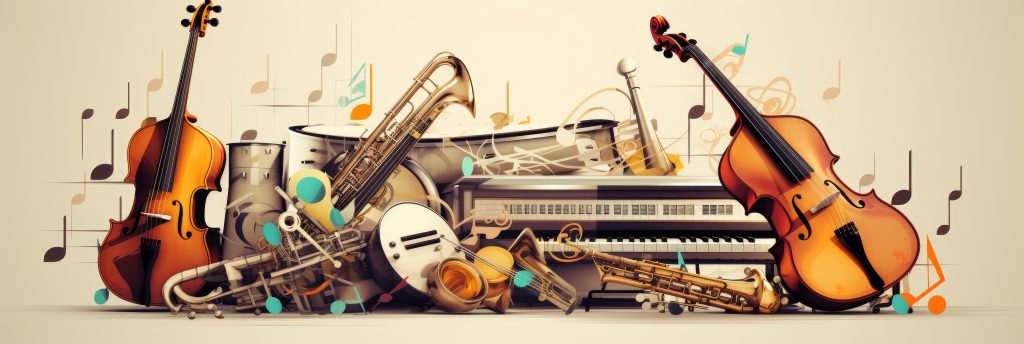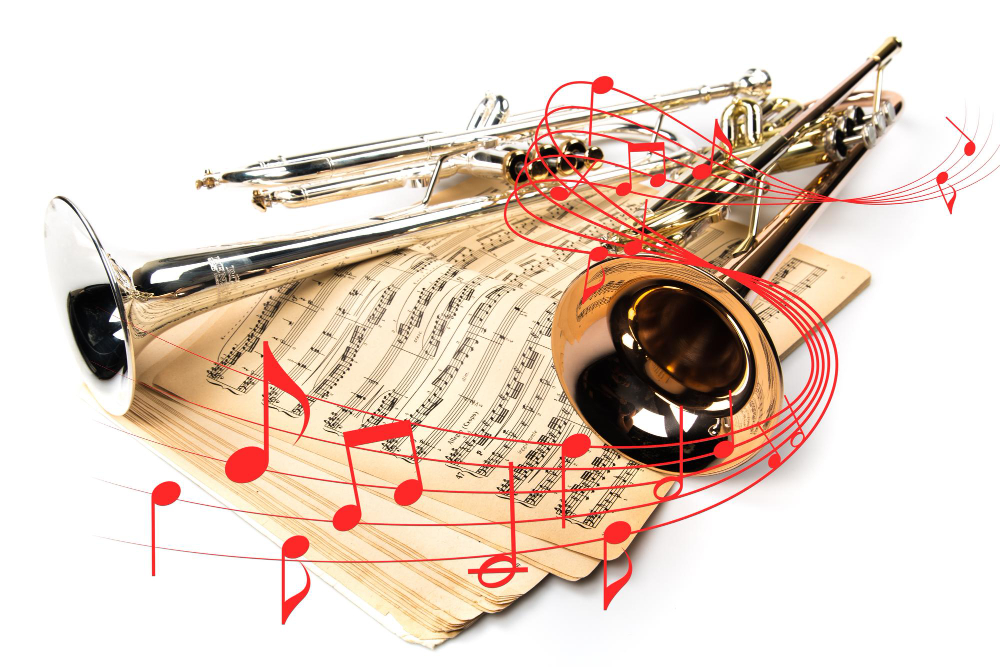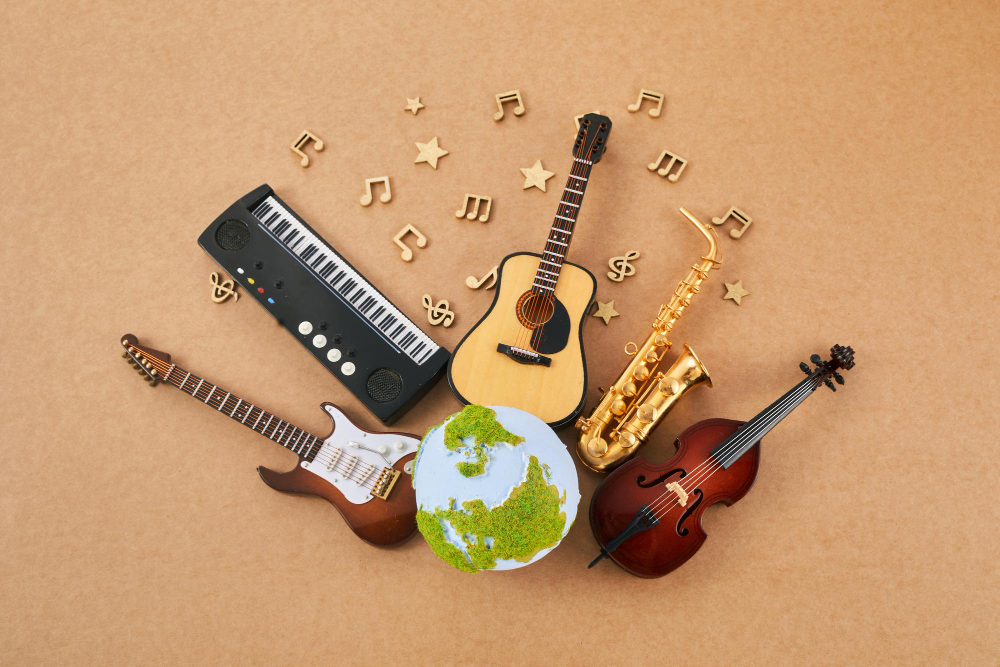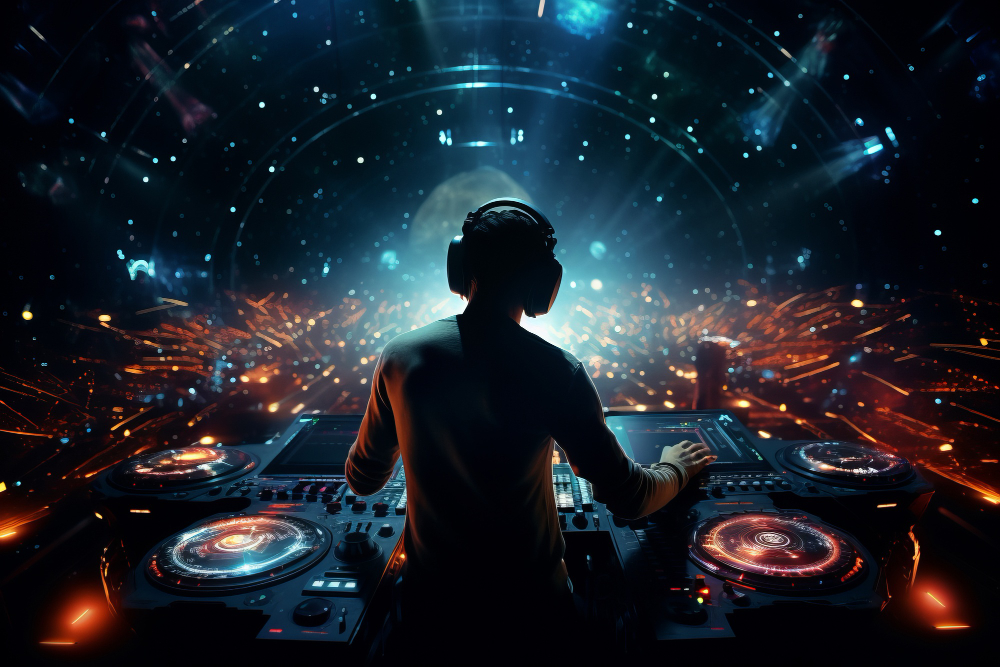Evolution of Music Composition: From Classical to Modern Techniques
The Music Composition has evolved from classical to modern, Gen-Z hip hop favorites. This journey is not the result of one incident but a series of landmarks that has reshaped this musical field through the best Music Production Courses.
This amazing saga of music composition represents a change in musical styles and cultural, technological as well as philosophical environments. In this blog, we will shed light on how the composition styles have evolved over several generations, keeping a keen focus on the key developments and the influential Composers who have reshaped these changes.
Classical Music (1750-1820)
1750 to 1820’s classical music represents a distinct and influential period in Western art music. This era is noted for its structural form, clarity, and balance. The key composers shaping this era include Ludwig van Beethoven, Wolfgang Amadeus Mozart, and Franz Joseph Haydn, among other esteemed legends.
Structural Elements
- Prominent musical forms: Concerto, Sonata, Symphony.
- Sonata-allegro form: Exposition, development, recapitulation.
- Enabled thematic development and contrast.
Harmony and Melody
- Rooted in tonality, using major and minor keys.
- Diatonic harmony dominated with occasional chromaticism.
- Melodies: Lyrical, balanced, symmetrical, posing elegance and refinement reflection.
Read Also: Why Music Classes Are Essential for Aspiring Musicians
Orchestration
- Evolved from the Baroque ensemble.
- Standardized sections: Strings, woodwinds, brass, percussion.
- Greater dynamic range and timbral variety.
- Allowed experimentation with orchestral textures and colors.
Romantic Era (First Half of the 19th Century)
Do you want free career counseling?
Ignite Your Ambitions- Seize the Opportunity for a Free Career Counseling Session.
- 30+ Years in Education
- 250+ Faculties
- 30K+ Alumni Network
- 10th in World Ranking
- 1000+ Celebrity
- 120+ Countries Students Enrolled
The 19th century’s first half was dominated by an era filled with romance. It was characterized by an emotional eruption and a focus on individuals. During this period, Composers developed new harmonic languages and forms, pushing the boundaries of musical expression and creativity. This can be achieved by enrolling in the top Music Therapy Courses.
1. Expressive Freedom
- Emotional depth and personal expression focus.
- Longer symphonies and operas.
- Explored complex human emotions and narratives.
2. Harmonic Innovations
- Adventurous harmonic language.
- Chromaticism and modulation.
- Introduction of vibrant and complex chords and tonalities.
- Broader emotional spectrum.
3. Rise of Programmatic Content
- Increased attention to programmatic music.
- Story-telling music or painting a scene.
- Reflects literature, nature, and the supernatural interest.
20th Century Innovations (Second Half of the 20th Century)
The 20th century’s second half was a radical experimentation time in the field of music composition. Composers redefined music in response to the rapidly changing world, exploring new techniques, forms, and technologies to push the musical expression boundaries through the top-level Music Courses.
Read Also: Why Music Theory is Essential for Every Aspiring Musician
Book Now →
1. Atonality and Serialism
- Atonality was proposed by Arnold Schoenberg, departing from traditional tonal centers.
- Invented the twelve-tone system (serialism), treating equally to all twelve chromatic scale pitches.
- Students Anton Webern and Alban Berg further developed this new musical language.
2. Rhythmic Complexity
- Leading composer Igor Stravinsky has revolutionized rhythm and meter in this grand era.
- “The Rite of Spring” ballet shocked audiences with its primal rhythms and dissonance, breaking away from conventional rhythmic regularities.
3. Electronic Music
- Technological evolution led to the electronic musical birth.
- Karlheinz Stockhausen, among other composers, experimented with electronic sounds, tape loops, and synthesizers.
- Opened new vistas in composition

Read Also: India’s Top 10 Music Composers of 2025 You Should Know
The Digital Age (2000 to 2020)
The Digital Age has had a significant music compositional impact, with technological advancements leading to the creation of new genres and composing methods. Many aspiring composers and producers now take Music Production Courses to learn and apply advancements to their work. They embrace the opportunities that technology offers for innovative and creative musical expression.
1. Digital Synthesizers and MIDI
- Digital synthesizers revolutionized music production (e.g., Yamaha DX7).
- MIDI (Musical Instrument Digital Interface) technology enables communication between electronic instruments and computers.
- Facilitates complex compositions and arrangements.
2. Sampling and Sequencing
- Sampling technology allows artists to incorporate existing recordings into new works.
- Gave birth to genres like hip-hop and electronic dance music.
- Sequencing software provides control over timing and instrumentation, influencing the composition process.
3. Algorithmic and AI Composition
- Recent AI developments introduced algorithmic composition.
- Software programs create music based on stipulated parameters.
- Raises new discussions about traditional concepts of authorship, creativity, and the role of technology in the creative process.
Modern Techniques (2020 to Current)
Modern techniques in music composition are distinguished by the multiple genres fusion, mirroring today’s world globalization and interconnection. Contemporary composers frequently integrate diverse musical traditions and styles, crafting innovative and eclectic pieces that captivate audiences globally.
Do you want free career counseling?
Ignite Your Ambitions- Seize the Opportunity for a Free Career Counseling Session.Read Also: Professional Courses After 12th Arts: Top Options, Eligibility, and Career
1. Genre Fusion
- Example: Max Richter combines acoustic and classical instruments with electronic elements through Music Therapy Courses.
- Creates hybrids enjoyed by diverse audiences worldwide.
- Breaks down rigid boundaries between genres, adopting a more open stance toward composition.
2. Minimalism
- Minimalist composers: Philip Glass, Steve Reich.
- Create meditative soundscapes based on repetitive patterns and slowly evolving changes.
- Contrast with the complexity of past modernism, showing another view of musical evolution.
3. Global Influences
- Increasing use of non-Western musical traditions.
- Incorporates traditional instruments, scales, and rhythms.
- Enriches the tapestry of contemporary music.
Conclusion
Music composition has significantly advanced from the classical period through modern times, and the dynamics between tradition and innovation. Each era challenged its conventions while extending the boundaries of musical expressions.
Read Also: How to Balance Music Studies with Your Daily Life: Time Management Tips
Now, with Music Courses, aspiring Composers can access historical and modern techniques to hone their skills, to stretch their Music Composition expertise even further. Moreover, the variety of tools and influences available to composers today will make the evolution of music an exciting and unpredictable success!
Keep your perspective alive with a Music Production Course in Delhi at AAFT. Let’s turn your Music Compositional dream into reality today!

AAFT has been providing the world with limitless creativity and expression since 1993! Through a dynamic and industry-driven curriculum, AAFT provides engaging and captivating articles to persuasive blogs and empowers its readers to explore diverse avenues of creative media education-related content.











